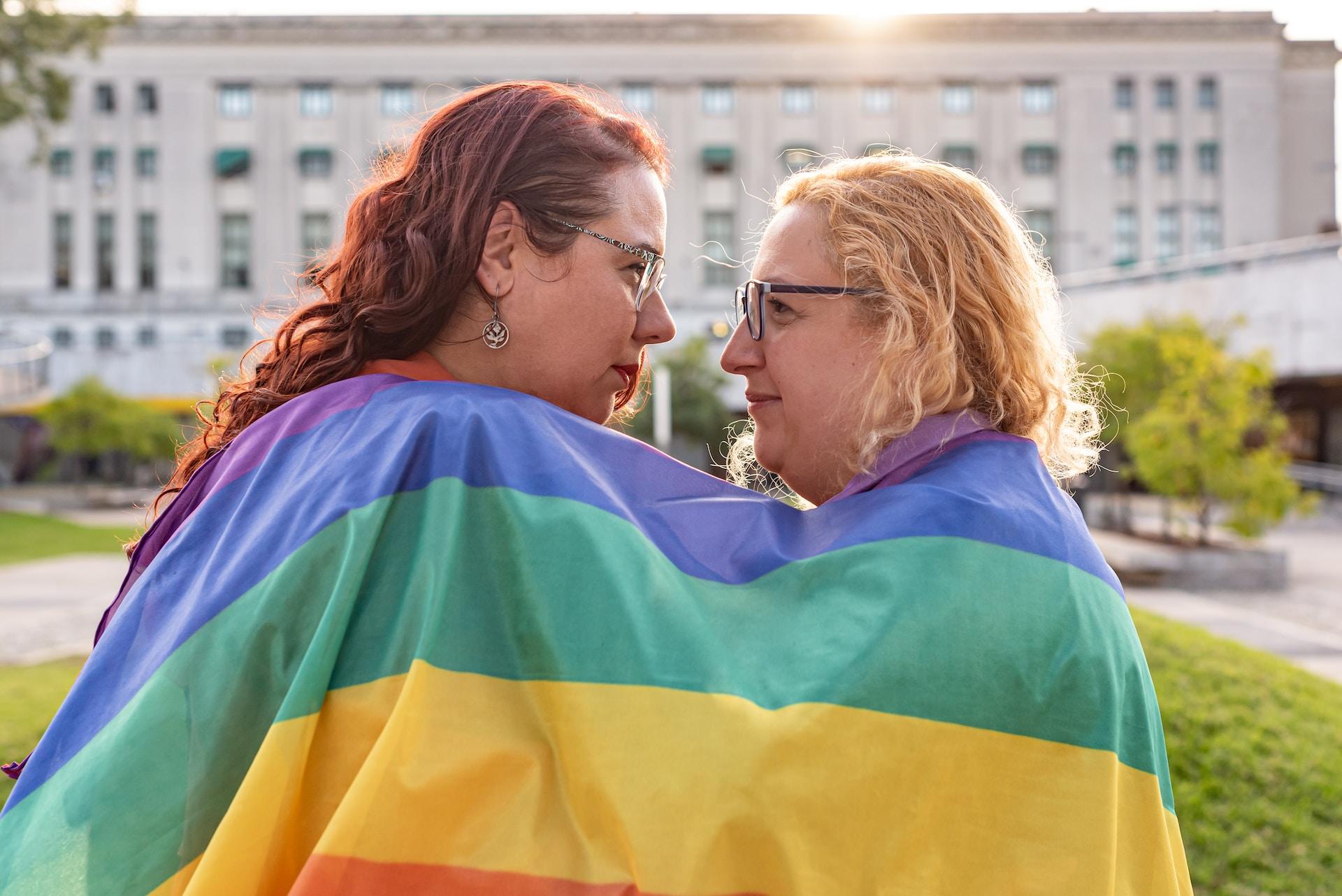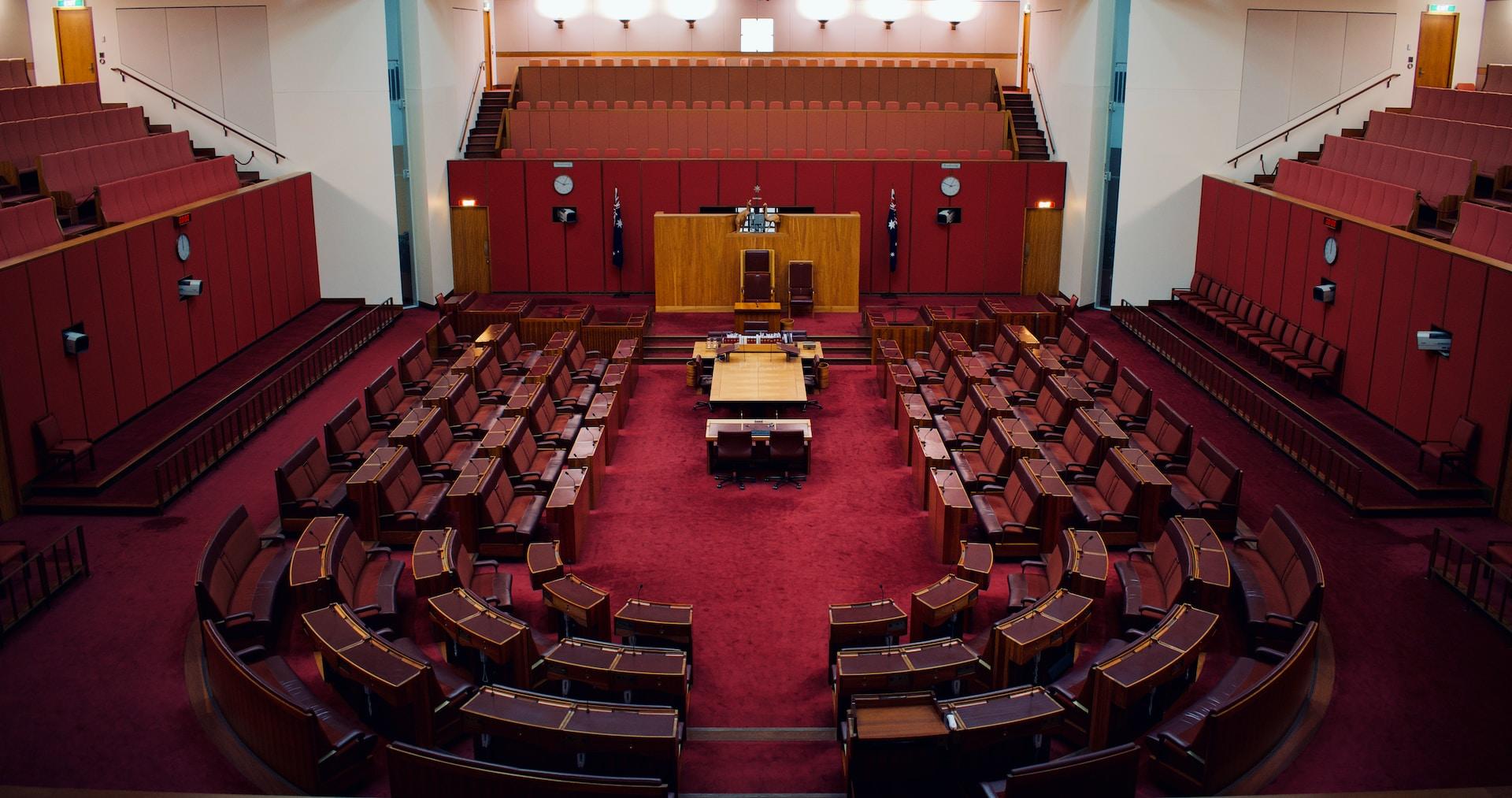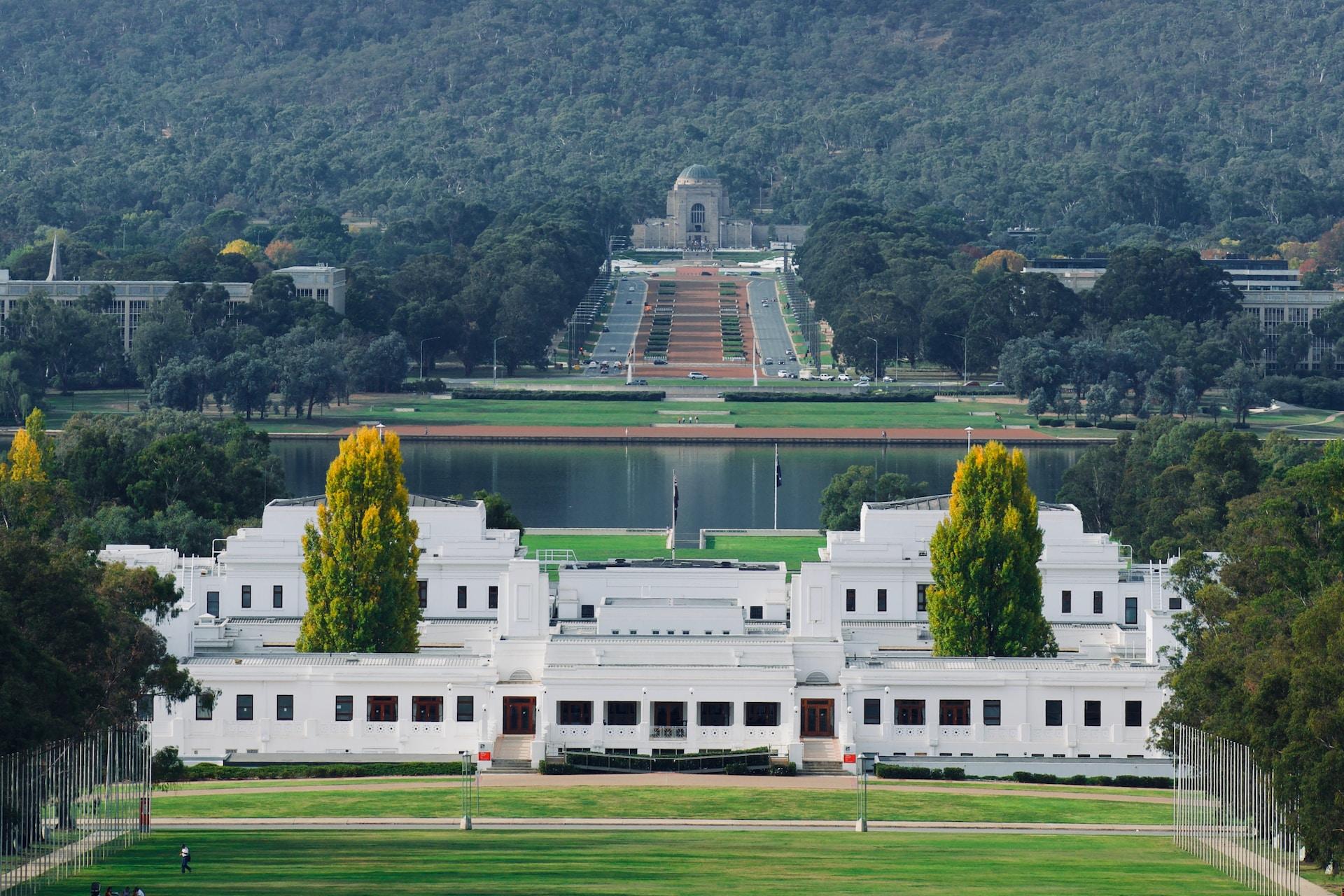For a group to function and thrive, there must be cooperation and consensus - at least, to a certain degree. Every living thing, from plants to the most evolved (read: humans) has to work together to ensure their species' continued existence. Some creatures cross the species barrier to form mutually beneficial relationships. Bees and flowers are obvious examples of that.
That said, not everyone will agree on everything all the time. For the most part, nature has a way of balancing things out but more evolved species require rules and hierarchy to maintain order. By contrast, the planet's most evolved species, us, strives for the greater good through consideration and discourse involving every group member.
That's the purpose of referendums, in a nutshell. It's a political exercise wherein every citizen's voice has equal weight. The subsequent political action accords with the majority - all of those in favour (or disfavour) of the proposed motion.

Types of Government
The historical record reveals that from the time humankind organised into civilised societies, they instituted some form of government. For most of that time and still today, these systems have been hierarchical. The head of state might be a monarch, pharaoh, elder or president. Below them are the advisors, staffers and executors of that leader's agenda.
In totalitarian regimes, the leader and their inner circle make all the decisions; citizens have little to no input on any decisions. Authoritarian regimes prefer to blind their citizens to how little agency they have. For instance, such governments will hold elections whose outcomes are already decided. In representative democracies, voters elect the people who will make decisions on their behalf.
In none of these systems do citizens get a voice in how their country is run. Nor in how their tax dollars are spent or what laws will govern their society. That's good for society, as strange as that sounds.
At one time, the Roman Senate permitted wealthy male citizens to buy a senate seat. Many of those senators took their turn in the senate with no idea of what governing entailed.
Instead of deliberating over what's good for the state, they argued for what was best for themselves and their clans. At its height, the Roman senate had nearly 2000 senators; that body turned into a perpetual shouting match.
Eventually, the Senate argued itself into irrelevance. Plenty more was going on at that time so there was no use of a senate incapable of debating important matters.
Today's governing bodies have internalised the lessons of the Roman experiments. For the most part, citizens' voices are limited to voting for the people who would speak for them.
Except for referendums. Some matters are so fundamental to citizens' lives and well-being that people must have input on them. For instance, referendums are required to amend the Australian Constitution.
That foundational document establishes the rights and responsibilities of every Australian citizen. Thus, it is morally, ethically and legally just for the people to help decide the rules governing their lives.

The Difference Between Referendums and Plebiscites
In Australia, those two words are often used interchangeably but they have different meanings, functions and impacts. As noted above, Australian law requires a referendum before making any changes to the Constitution. The word 'referendum' should only be used in those instances.
But the public votes on other issues that have nothing to do with changing the Constitution. For example, the Australian government put the National Anthem to a vote in 1977. Until then, God Save the Queen had been Australia's song but many felt it didn't truly represent the country. The government invited the people to choose one of four songs that they felt best described Australia.
Overhauling Australia's marriage law is a more recent plebiscite. The people were asked via postal survey whether the law should be broadened to include same-sex couples. This was a yes/no question, with more than 61% voting in favour.
A mandated response is the crucial difference between plebiscites and referendums. For the former, voting is optional but for the latter, every citizen is required by law to furnish their opinion.
Though plebiscite votes change some aspect of Australian life, they aren't fundamental changes impacting every citizen. By contrast, referendum votes have far-reaching consequences, so everyone must have the chance to express their opinion.

How Referendums Work in Australia
Like many other countries, Australians vote their representatives into Parliament in regular elections. Unlike many other countries, electoral voting is compulsory. With majority support and backing, elected officials see to the country's business. Among other things, that involves drafting new bills.
Such a bill might address issues in Australian society like how social services should be managed. Or whether Australia should declare independence from the Commonwealth of Nations. As these matters are listed in the Constitution, every voter on the rolls must chime in. And because such changes would impact every Australian citizen, each person has an interest in expressing their preferences.
The Australian Constitution, Section 128 outlines the steps to changing the Constitution. It specifies that Parliament cannot move a proposed amendment ahead without a public vote. But the public must have an issue to vote on. So first, the drafted bill must pass both houses of Parliament.
If a bill passes with an absolute majority in both houses, it's ready for a public vote. If the Senate votes in favour but the House doesn't, the amendment is unlikely to come to a public vote. However, if it passes in the House but not the Senate, the Governor-General will exercise the deadlock provision. That means they hold the tie-breaking vote; they decide whether to send the bill to the public for a vote.
If both houses pass the bill, the Australian Constitution specifies that Parliament must submit it to the public within six months of its passing. But if the Governor-General had to cast a tie-breaking vote, Parliament is under no deadline to put the vote to the public.
Regardless of the Parliament vote, the public vote must achieve a double majority. That means four or more states must be in accord and a majority of people in each state must also be.
In 1977, the Australian Parliament advanced a referendum on territory citizens' votes in referendums. Until then, only residents of our country's six states could vote on such matters.
Since then, territory residents' votes count toward the national vote tally but have no impact on states' majority votes. Today's Voice to Parliament initiative aims to provide indigenous voices what the same level of access.
If a majority of citizens and a majority of states vote in favour of the amendment, it passes to the Governor-General. They give it royal assent, approving it in the King's name. Thus, the Constitution is amended.

Referendums in Australia
In 1901, after a decades-long struggle for the colonies to reach a consensus, Australia became a federated state. Since then, the Australian Parliament has proposed 44 amendments. Referendums saw only eight made into law. In five referendums, the people established a majority but the bill failed to meet the state majority criterion.
This double-majority requirement prevents more populous states from overruling less populated states' interests. The UK's Brexit vote gave us a dramatic example of what could happen without that guardrail. People in major cities like London and Manchester would have preferred to remain in the EU. Constituents in smaller towns wanted their country to forge its own path.
Of those five failed referendums, four resulted in New South Wales and Victoria voting 'yes' and the rest of the states voting 'no'. These opposing votes reflect people's different interests based on where they live. But they also paint a broader picture of Australian reluctance to extend federal powers. So does voting against more than three-quarters of the proposed amendments.
Of the eight carried referendums, all but two were greeted with resounding public approval. In 1946, 54% of voters agreed that the government should have more control over social services. Reaching back even further, to 1910, nearly 55% of registered voters agreed that the Commonwealth could take over any state's debt if they chose to.
The other six referendums were far more popular:
- Mandating judges to retire at 70 years of age (80.10%)
- Allowing voters in territories to vote in referendums (77.72%)
- Filling casual vacancies in the Senate (73.32%)
- Allowing the federal government to make laws regarding Aboriginal people (90.77%)
- Financial relations between states and the Commonwealth (74.30%)
- Terms for senators (82.65%)
The last successful referendum, regarding judges' retirements, was in 1977. Since then, eight more referendums were put to the vote; only one gained a weak voter majority (50.64%) but failed to gain a majority of states. This bill was Parliament's third try to coordinate House and Senate elections.
Australian voters have rejected bills that sound good on their surface. For instance, the 1988 Rights and Freedoms referendum earned a measly 30.79% of the popular vote; no states voted in favour of it.
Many people rejected it because it seemed to threaten existing rights and freedoms. Citizens take referendums seriously in Australia because their way of life and liberty is at stake each time.
















